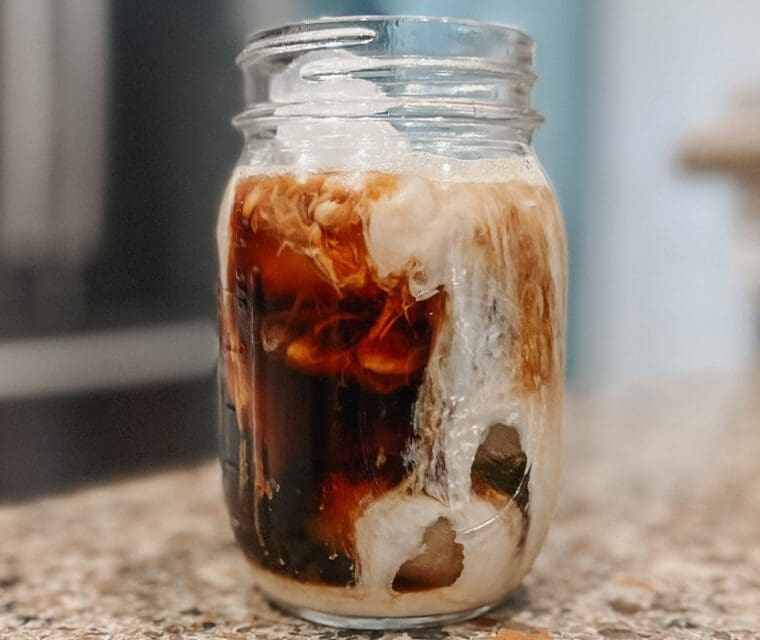Frequently Asked Questions about Microgreens
I’ve been eating microgreens on-and-off for a few years now, but recently got back into them when I stated learning more about intentional plant-based eating. Recently, I bought a pack from Publix, diced them up, and added them to a vegetable soup. As they’ve been on my mind, I wanted to share a Microgreens FAQ. Here are some of the common questions about these little nutrient-packed leaves, and the answers I found:
Questions Answered In This Post:

What are Microgreens?
Microgreens are young seedlings of different types of vegetables and herbs. There are a lot of different types that you can buy. Some you may have seen before are mustard and cress, which are popular on certain salads, sandwiches, and as a garnish. I, personally, really like broccoli and basil microgreens.
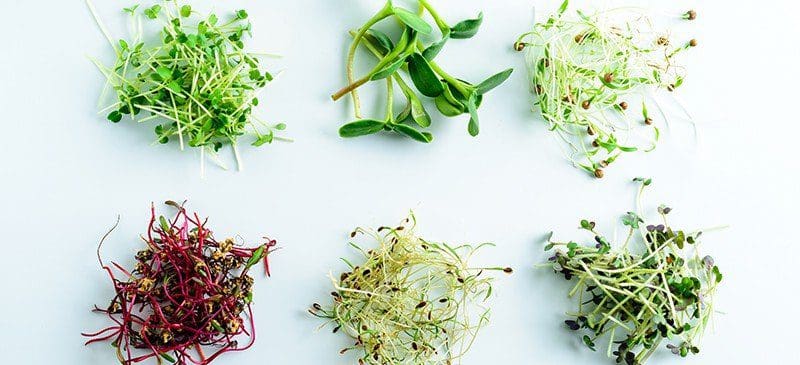
Photo Source: draxe.com
Are Microgreens the Same as Sprouts?
This question came up a lot when I was looking for microgreens FAQs. It makes sense that its a common question, since the two plant-based products look awfully similar. Microgreens are similar to sprouts, but not exactly the same. Whereas sprouts are newly germinated seeds, harvested before the leaves actually grow, microgreens grow from sprouts and actually have leaves.
Why are Microgreens Good for You?
Microgreens are packed with nutrients and thought to offer a variety of health benefits. As freshly harvested plants, they are rich in nutrients that can potentially help with disease prevention, weight management, and general health. Research has shown that microgreens can have up to nine times the nutrient levels of their mature greens counterparts.
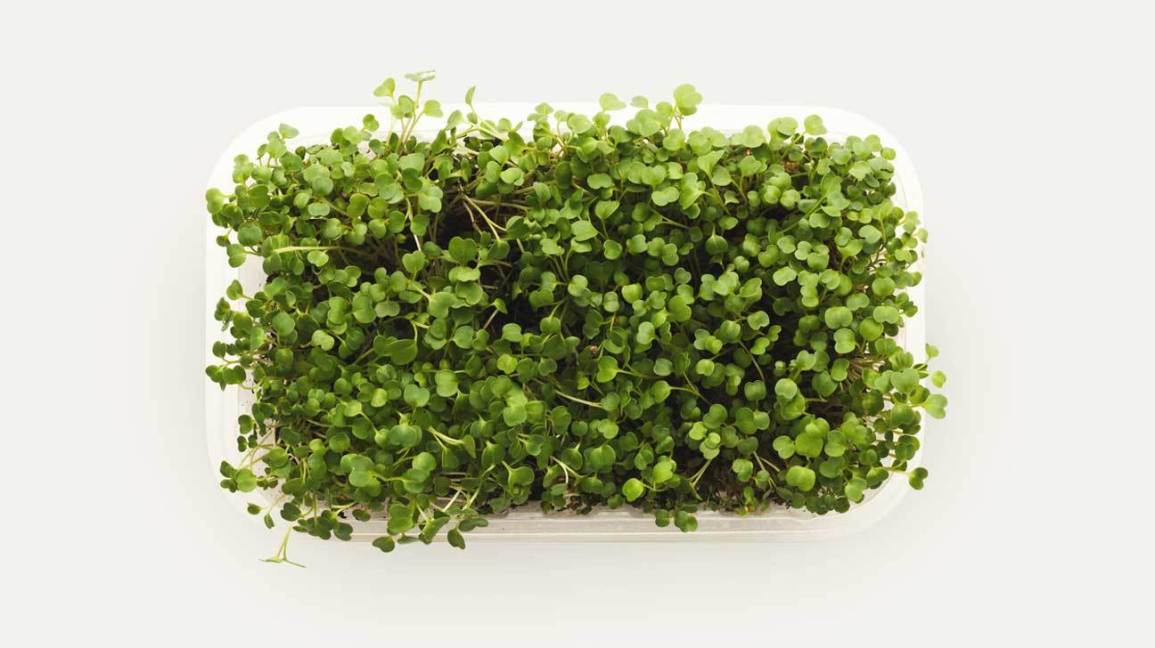
Photo Source: Healthline
Microgreens also have a high antioxidant content, which means they’re potentially even better at helping prevent certain diseases than foods with lower antioxidant contents.
Certain types of microgreens have different types of antioxidant makeups. For example, microgreens related to the broccoli family have high levels of vitamin E, whereas those related to lettuce seem to have more vitamin A.
Are These Greens Sustainable?
A less common question, but one of growing interest, is whether microgreens are sustainable and — relatedly — whether they can be grown at home. This microgreens FAQ popped into my head because I recently saw a stall of them at a farmer’s market in Jacksonville.
Overall, growing microgreens is a pretty simple process, one that doesn’t require much space. Microgreens are thought to be a good way to provide people — particularly city-dwellers, far from farmland — with super fresh, low cost seasonable vegetables.
Furthermore, these little leafy plants can be grown at home quite easily. A small garden of them “can provide a significant return in terms fo bulk, variety, and nutrients,” according to Medical News Today.
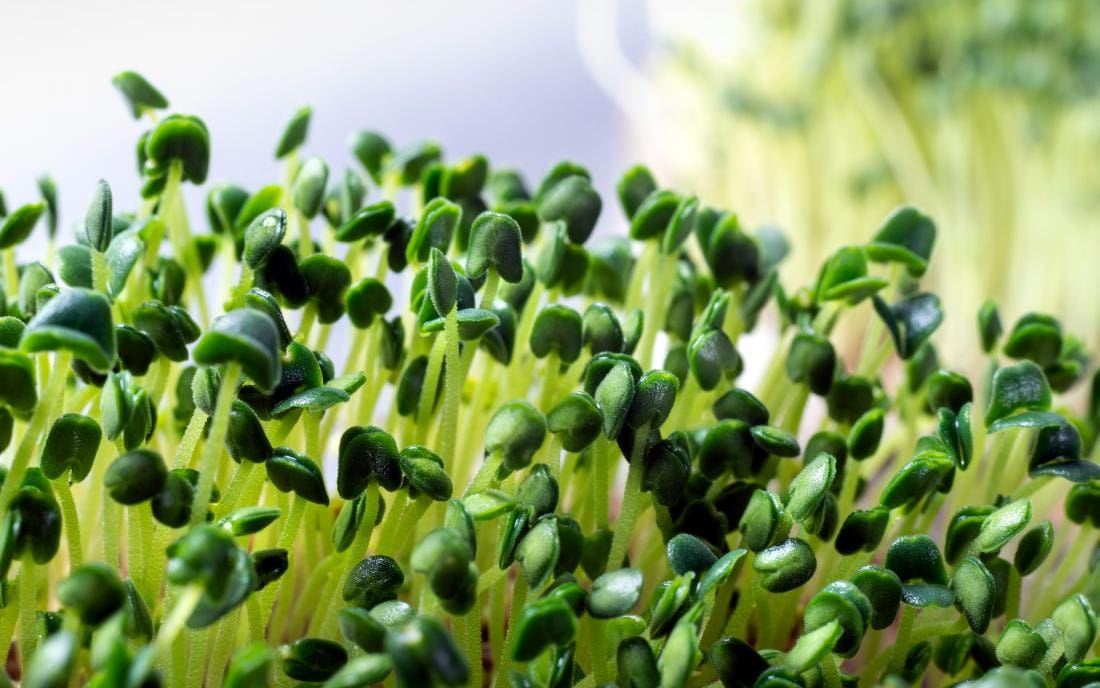
Photo Source: Medical News Today
What are Microgreens Used For? How Can You Prepare Them?
Microgreens can be used in a variety of ways. Like I mentioned earlier, they often serve as garnishes. However, they can also be used as alternative to lettuce or other leafy greens. I like to incorporate them in salads, frittatas, pastas, or grain dishes.
It should be noted that, with microgreens (as with sprouts), experts have raised concerns about possible contamination, particularly with E. coli. The risk is less in microgreens than sprouts, since, with microgreens, you only eat the leaf and stem, as opposed to the root and seed.

Regardless, it is important to clean microgreens when you use them – spritzing or rinsing them with chlorinated tap water, for example, is thought to minimize the risk.
Beyond rinsing and cleaning, it is important to note that microgreens have a shelf life of approximately two weeks after harvesting. Be sure to check the sell-by date when you pick up a carton at the store. If you have the space, consider growing some yourself to ensure freshness! This article has some good tips on how to safely grow them at home.
Can You Freeze Them?
I found mixed results to the question of whether or not you can freeze microgreens. The consensus seems to be that yes, you can freeze them, but it may mess with the texture and nutrient level. I haven’t tried freezing them myself, but, based on the texture, water content, and size of the little leaves, I imagine it’s a bit like freezing cooked spinach.
If you do freeze microgreens, it is recommended that you wash them and dry them before putting them in the freezer.
Where to Buy Microgreens
Microgreens are becoming more widely available in conventional grocery stores. Before, I could only really find them at Whole Foods. While places like Whole Foods likely still have a better variety of microgreens, I have been able to find them at Publix.
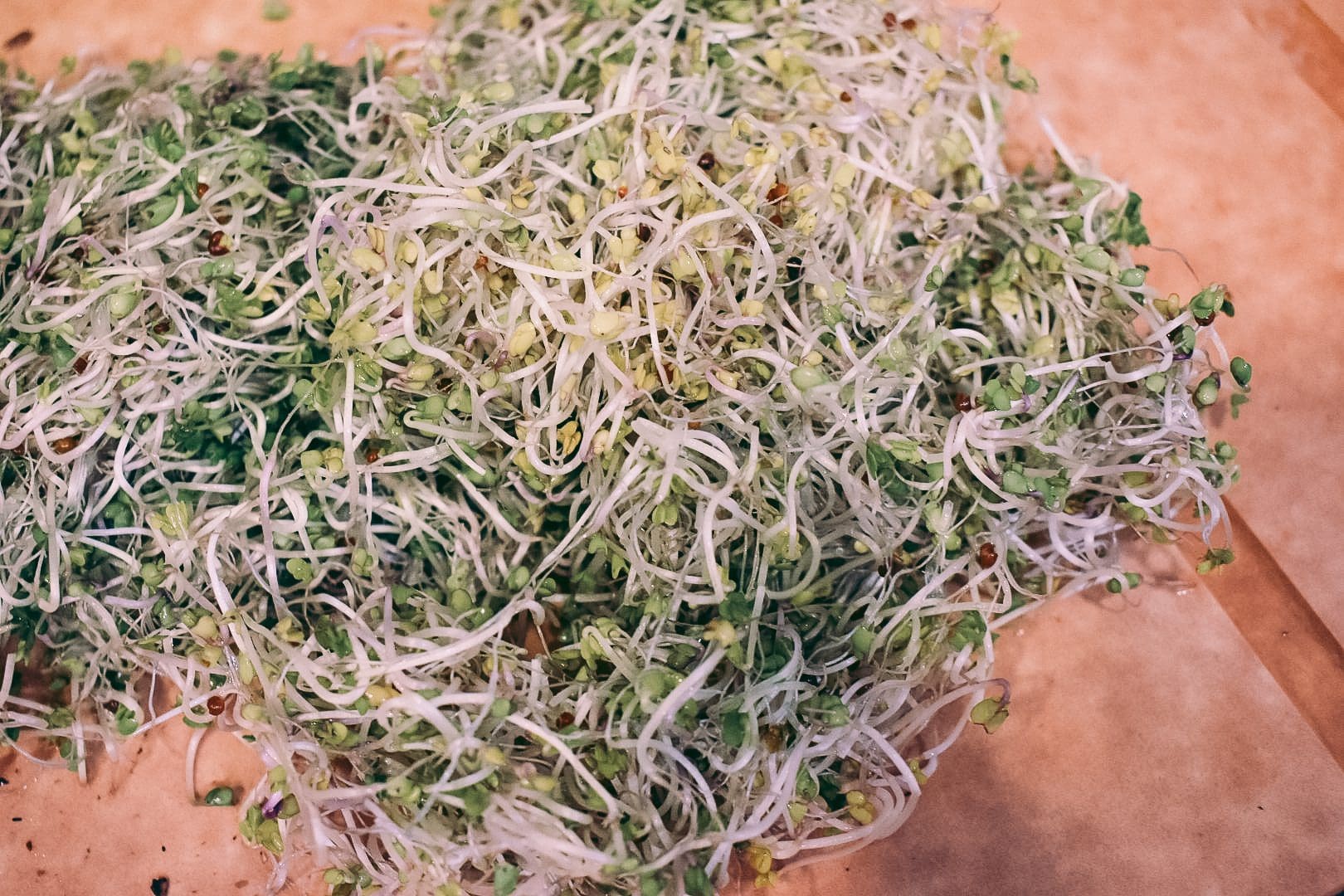
Shop the Best Kitchen Tools

*This post was originally published in February 2020. It was most recently updated on December 11, 2023.

